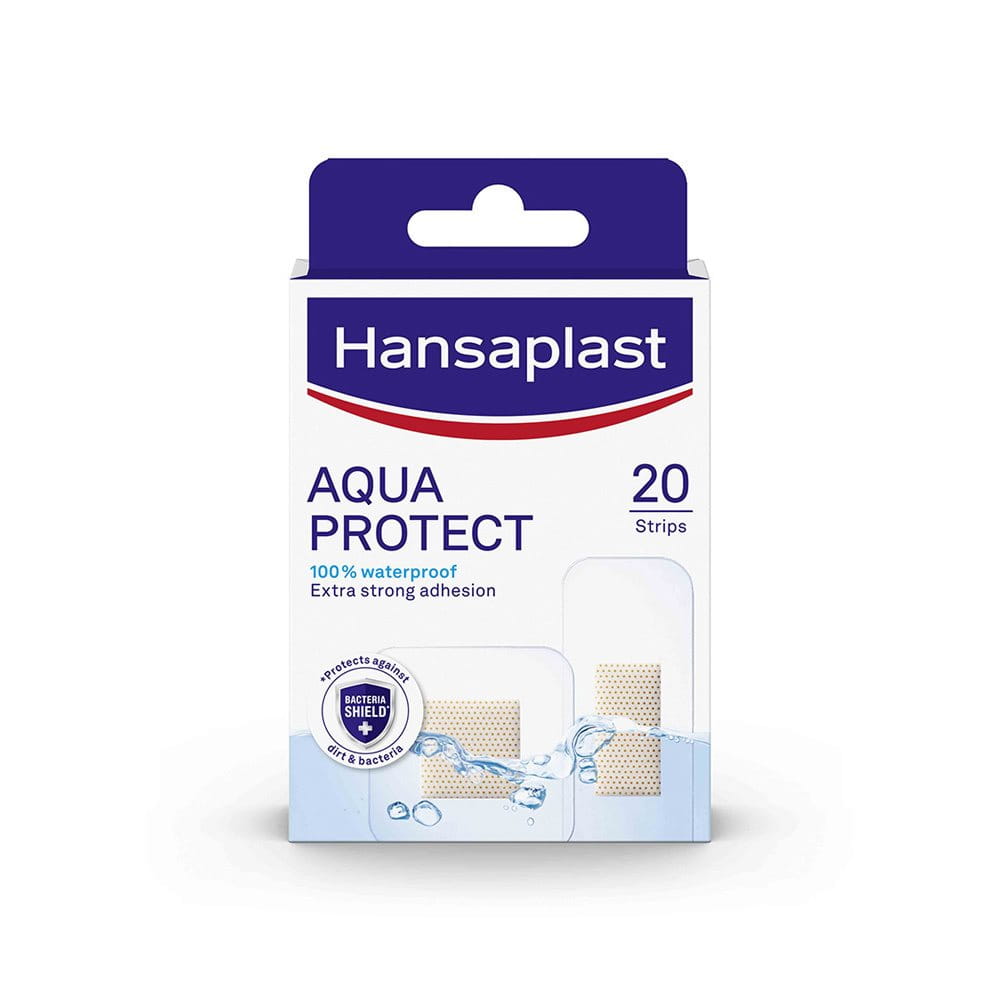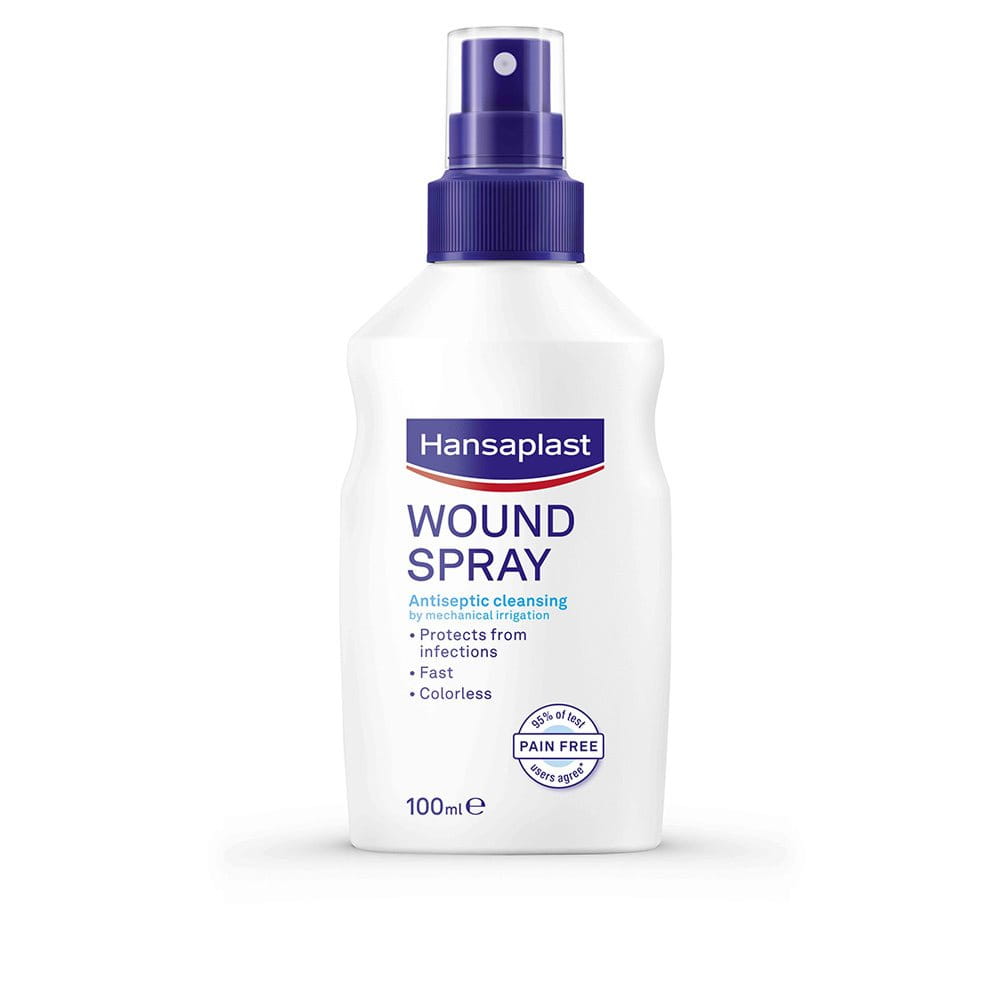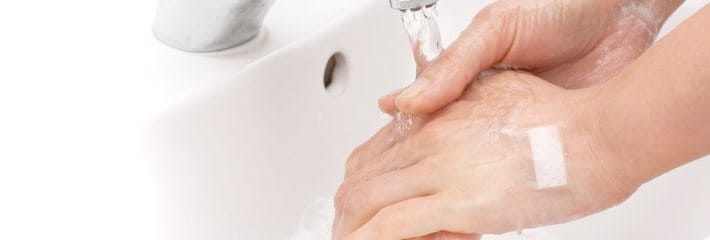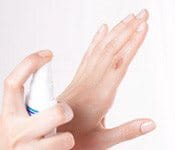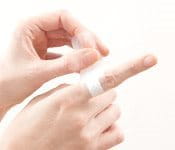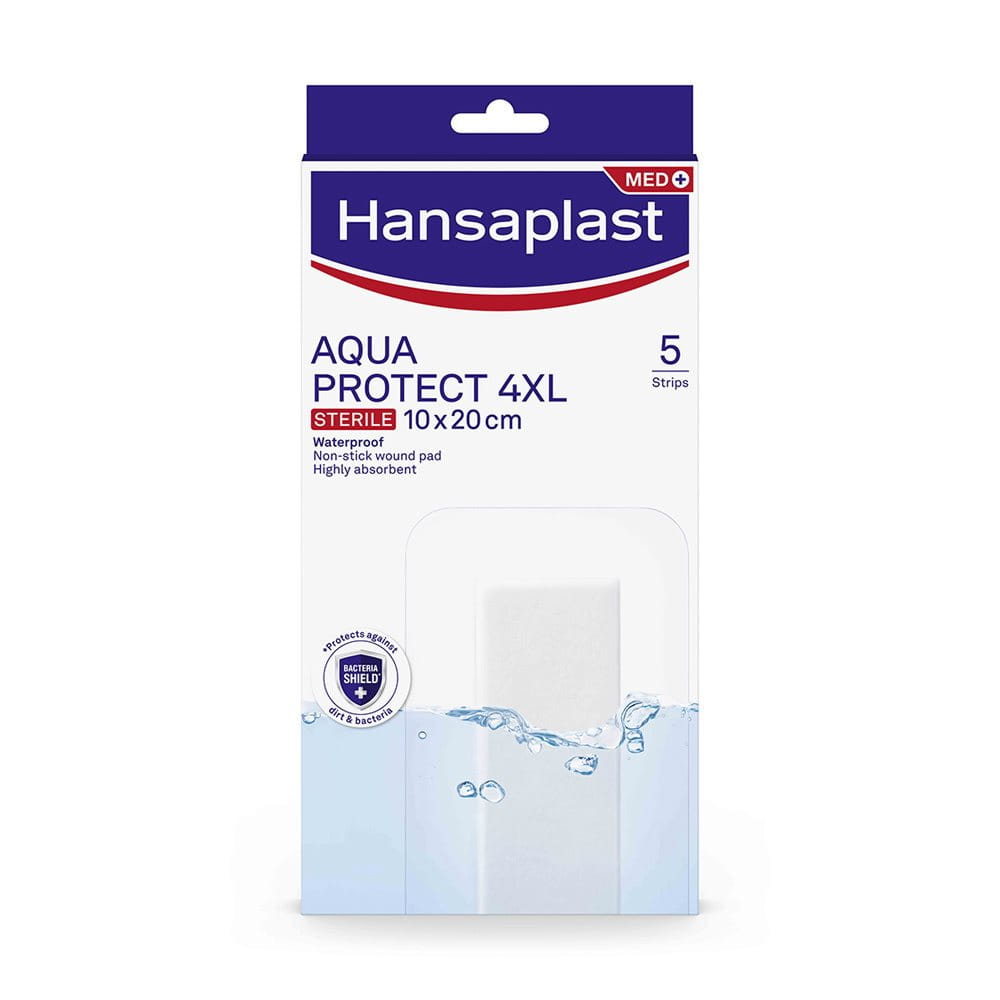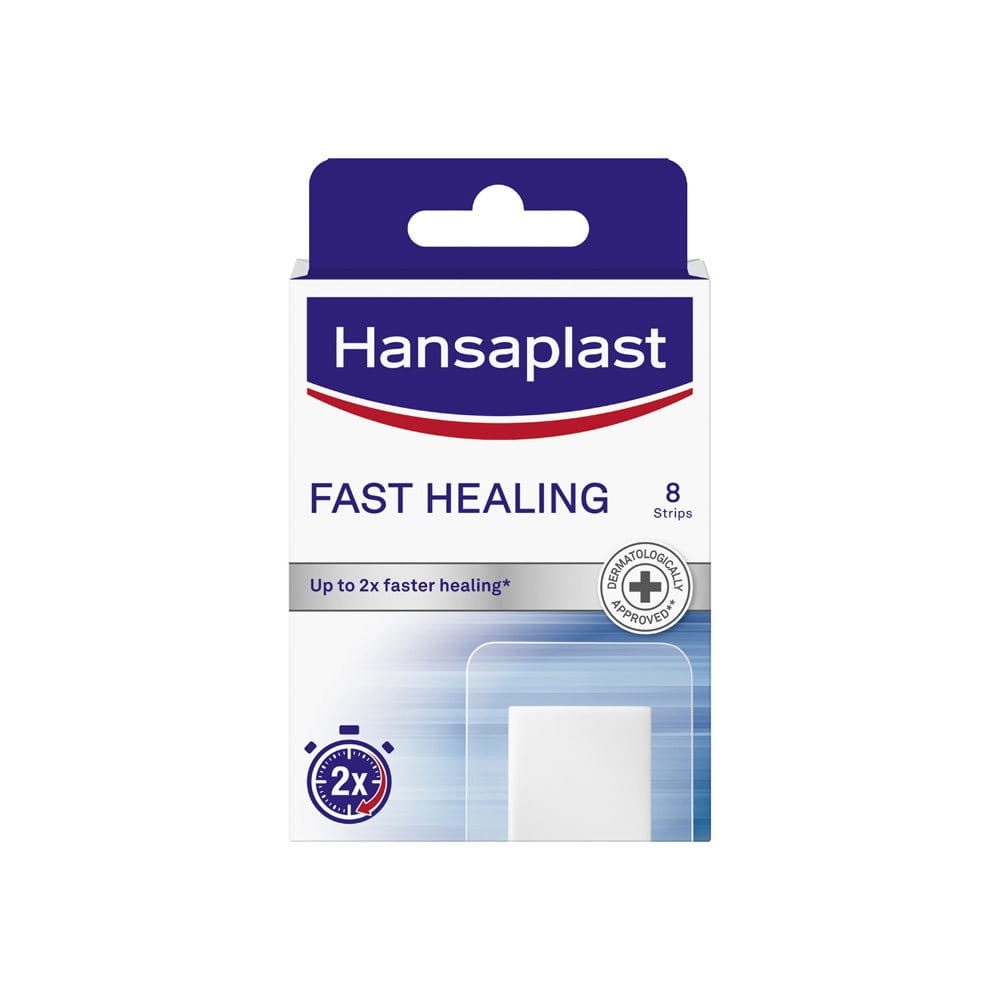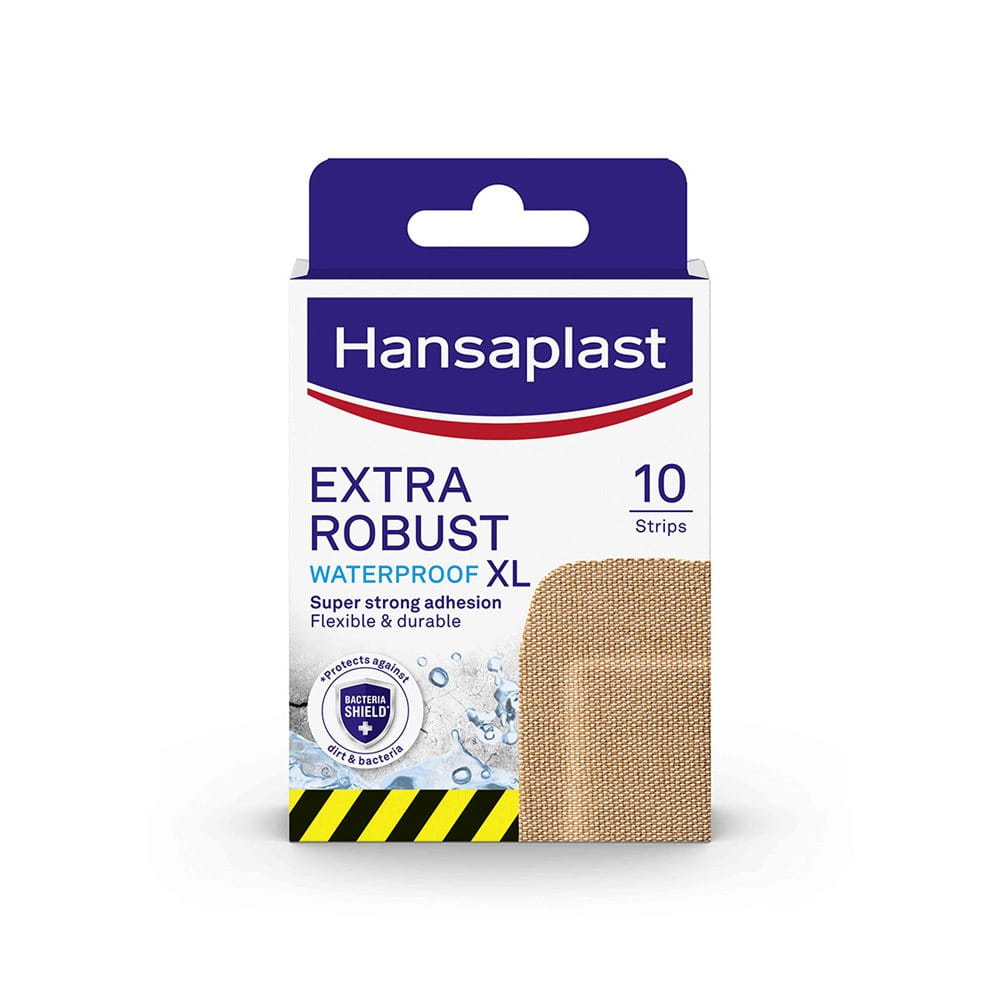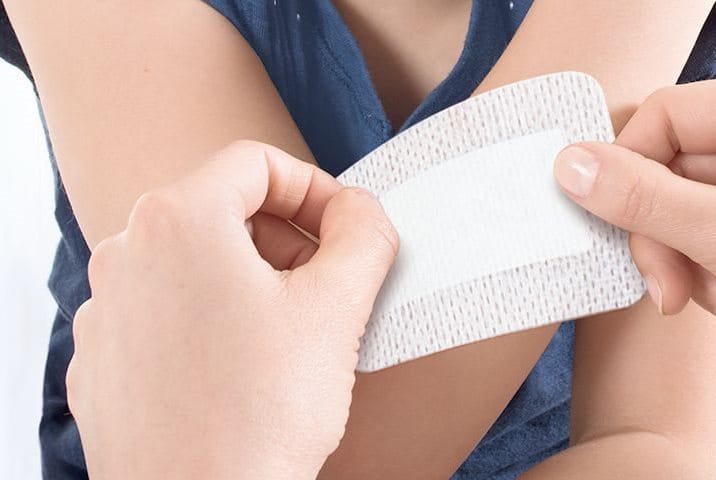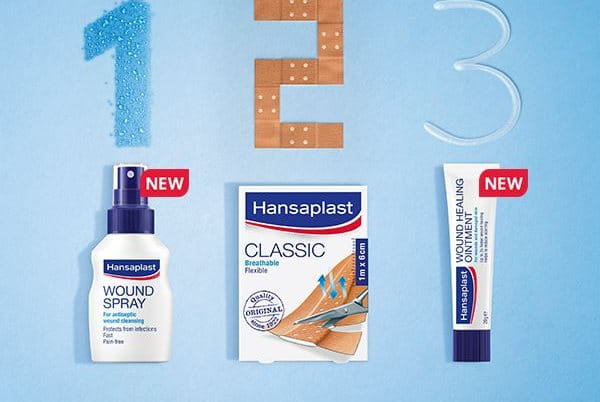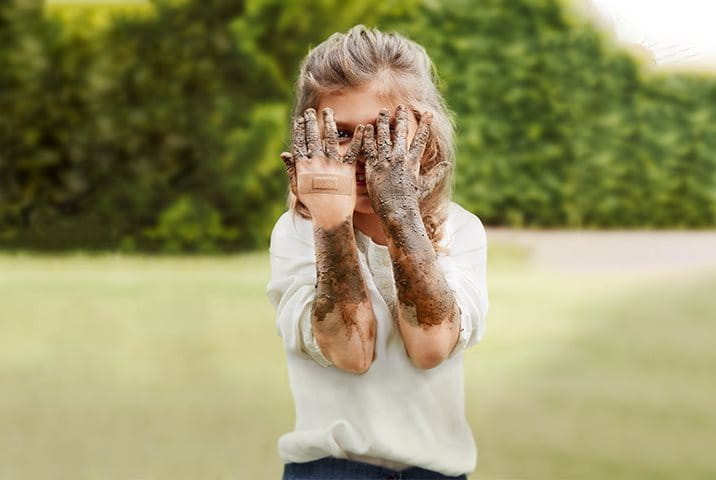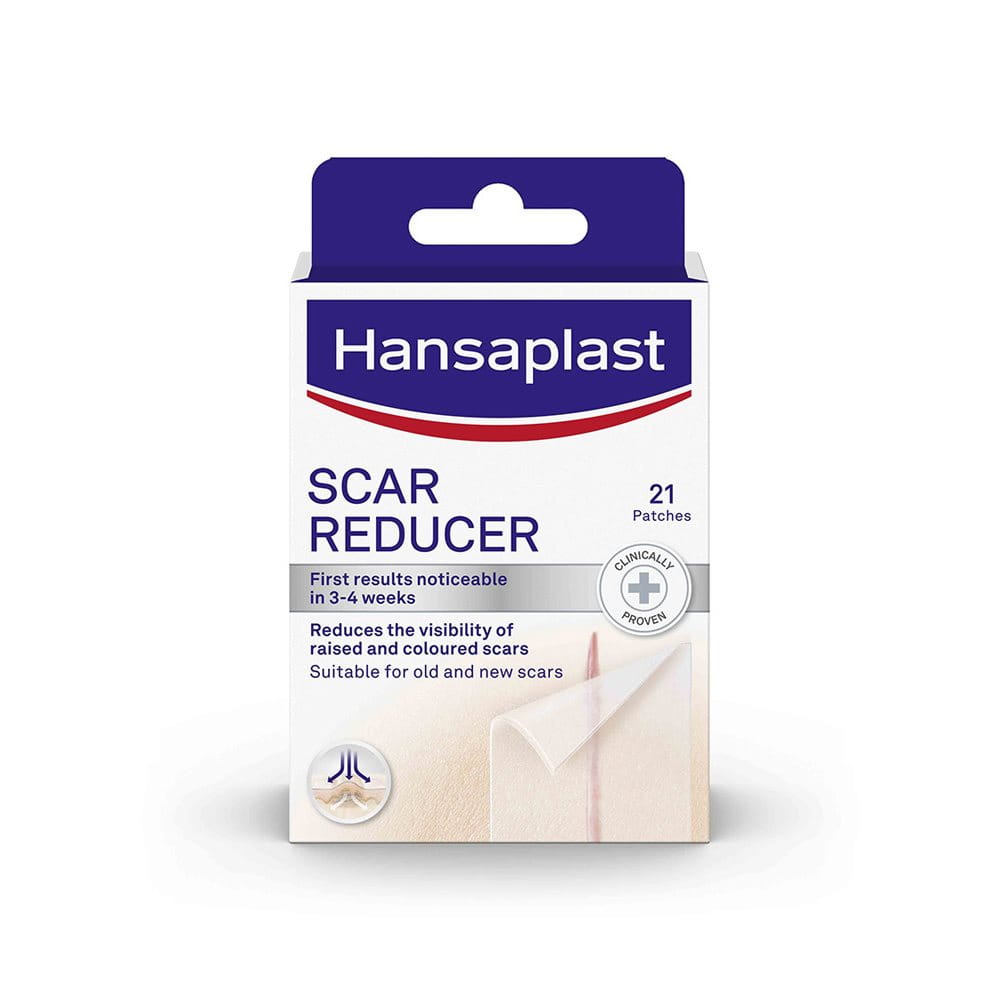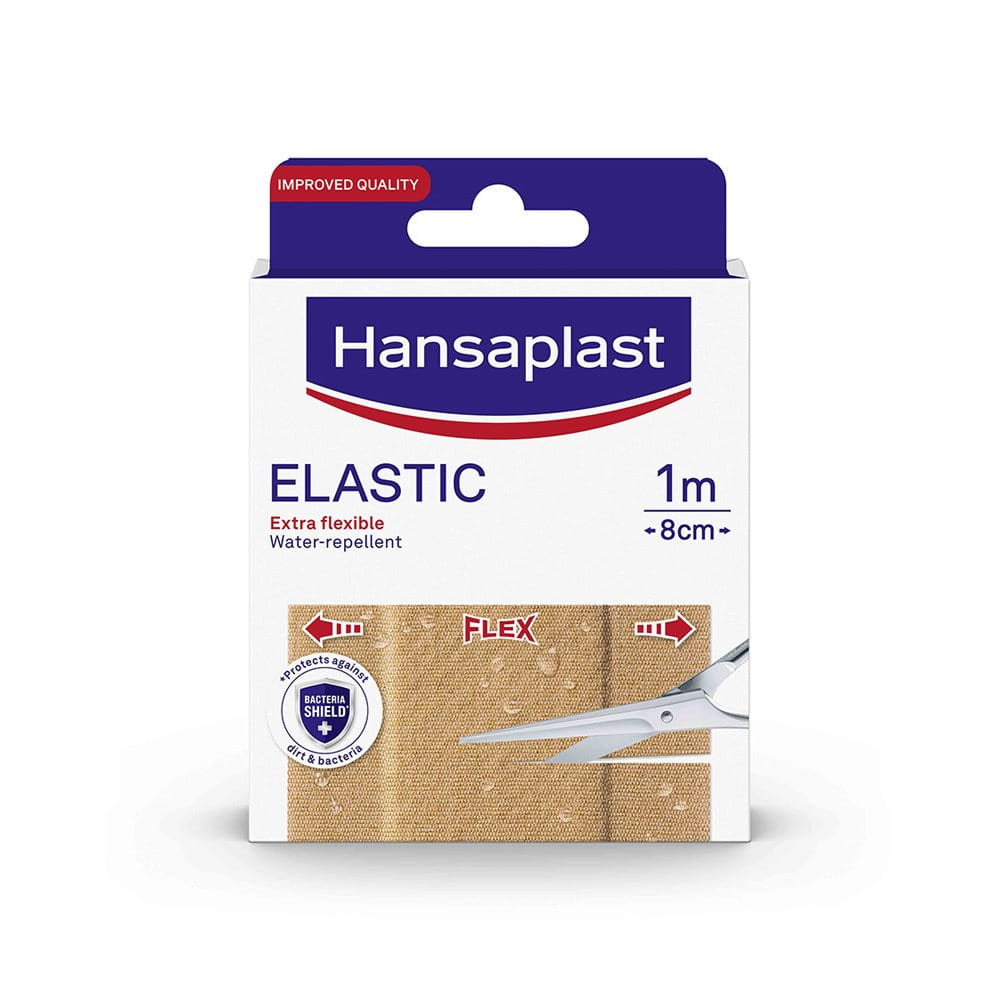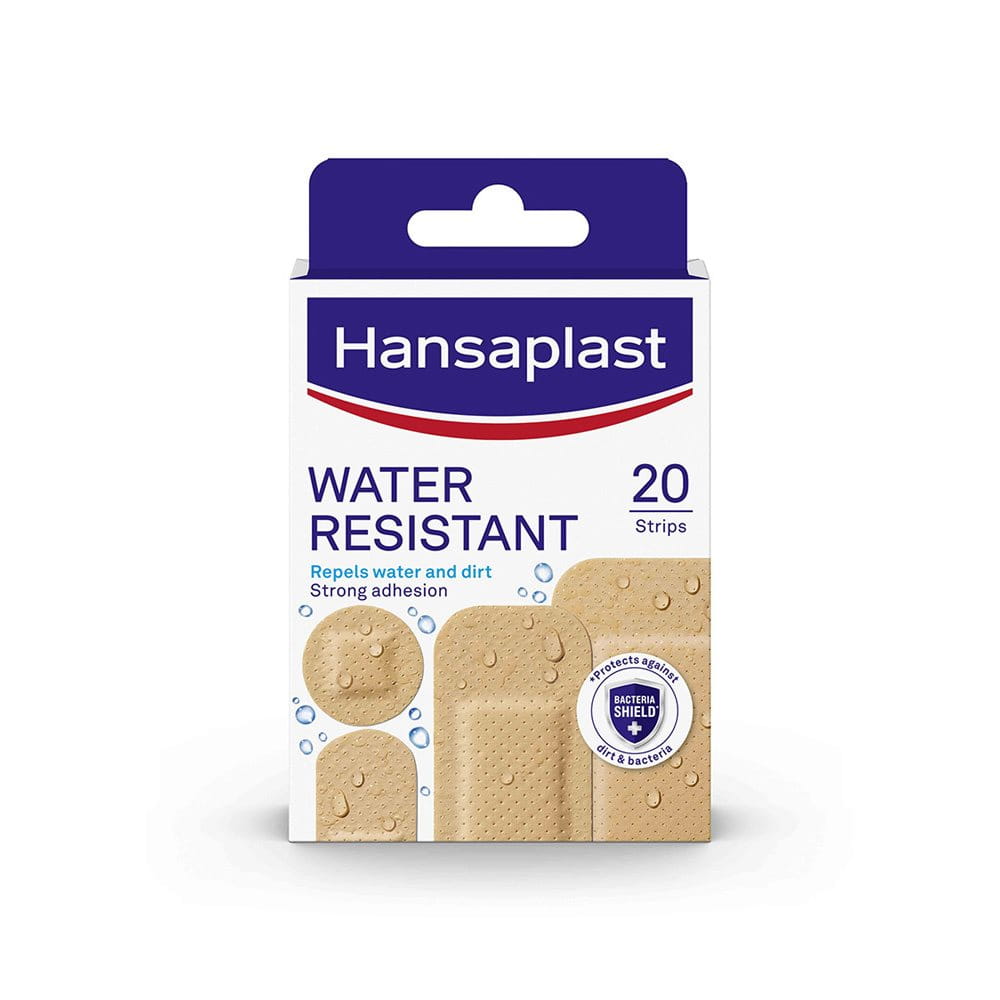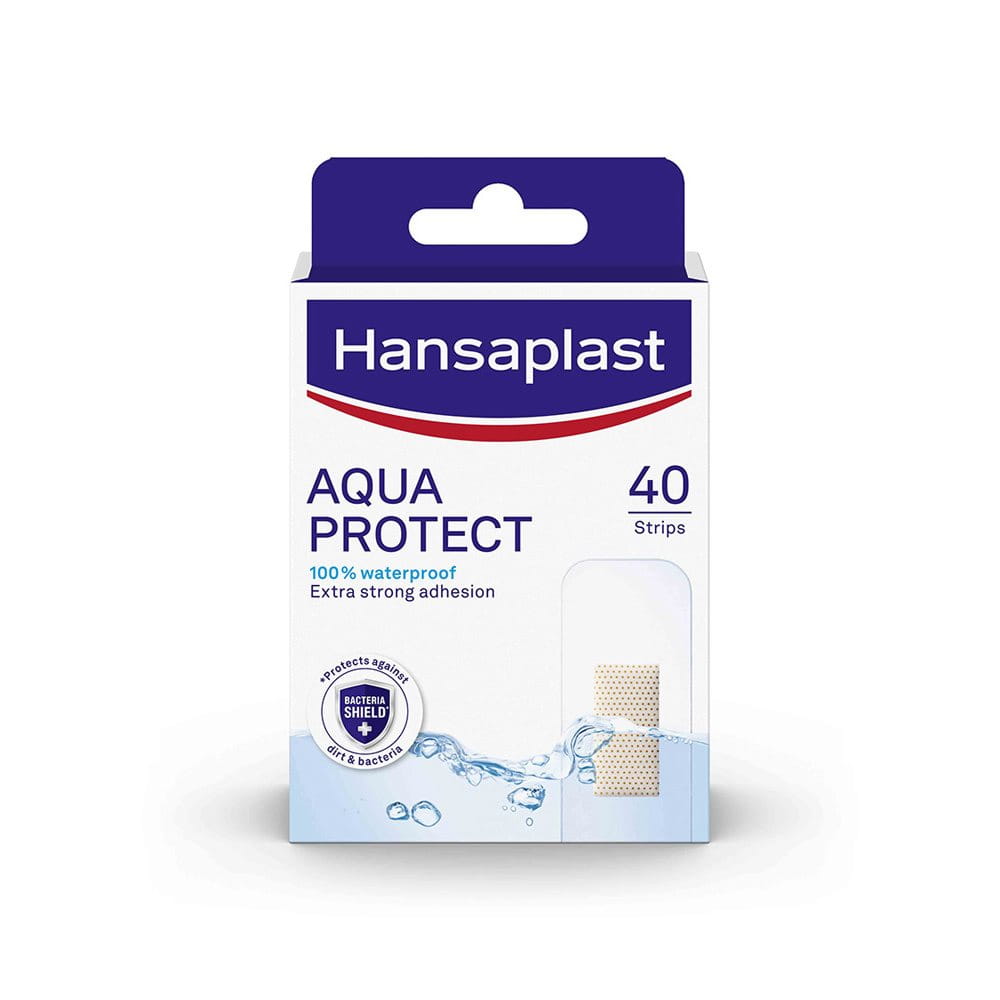The significance of correct wound care cannot be overstated. A poorly treated wound may lead to infections, delay healing, and even result in long-term complications. Therefore, understanding the fundamentals of wound care and how to protect a wound from water can be vital to the healing process. The main objective of wound care is to promote optimal healing by maintaining a trouble-free wound environment. Learn about wound care and water and proper wound treatment, which includes solutions and prevention.
About wound care and water
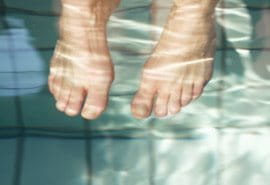
Water and moisture cause the skin to swell. Not only can this affect wound healing, but it can also increase the risk of bacterial intrusion and infection. Therefore, it is crucial to protect the wound from water.
During a vacation, for example, the wound needs to be protected from contact with swimming pool water, which may contain animal excrement-based bacteria. The chlorine found in pool water can needlessly irritate wounds and delay the healing process. Even seawater can be non-conducive for a wound to properly heal, as many seaside resorts have sanitary systems that discharge directly into the sea, creating an unhealthy healing environment.
Wound management: Proper treatment
The most important thing for a wound is rest – avoid abrasion and pressure. Nonetheless, proper wound care is a crucial aspect of wound healing. In general, for a wound to heal optimally, it is essential to follow a few steps:
Wound care solutions
Wound dressing provides healing support from the moment of injury through the end of the wound healing process. Plaster and bandages also help protect skin tissue from physical irritation, infection, and contamination. They should be changed daily to check the healing process and to allow monitoring for inflammation or other abnormalities, as well as for hygienic reasons.
Modern, waterproof plaster for wounds, such as Hansaplast Aqua Protect Strips, provides ideal protection while washing, showering, bathing, and swimming. Aqua Protect Plasters are 100% waterproof, stay attached to the skin, and protect the wound with a soft pad. Aqua Protect 4XL strips are the perfect answer for large wound areas. This extra-large, waterproof plaster for wounds provides optimal protection from water and moisture while showering, washing, and bathing and stays attached with a strong, dependable adhesive.
Hansaplast's Fast Healing bandages are also waterproof— providing reliable wound protection during daily contact with water while also helping accelerate the wound healing process by up to 50% in comparison to standard bandages. The skin-friendly polyurethane pad keeps the wound area moist, accelerating healing and reducing the risk of scarring.
For optimal wound protection during demanding activities like gardening or outdoor adventures, try Hansaplast's Extra Robust Waterproof XL plaster for wounds. Its Hi-DRY TEX technology guarantees durable wound care. The flexible fabric dries quickly, and while breathable, the plaster protects the wound from bacteria and dirt.
Prevention: How to prevent scars and help wounds heal better
Scars are a natural part of the healing process and occur when the dermis (deep, thick layer of skin) is damaged. The body forms new collagen fibers to repair the damage, creating in a scar. The new scar tissue has a different texture and quality than the surrounding tissue. Nevertheless, it is vital to support wound healing and avoid potentially unpleasant long-term scars. Here are three tips that can help the wound heal better:

- A wound must remain consistently protected. Only in this way can infection and the risk of complications be minimized.
- Another important factor is rest, which includes not touching the scab (let alone removing it) and avoiding abrasion and pressure from clothing or other outside factors.
- Avoid UV rays and sunlight exposure during all phases of wound healing, which can lead to red, visible scars and skin discoloration.
The term “better healing“ doesn’t just apply until the completion of the wound healing process. Even after 10 years, so-called “remodeling “, or scar correction is possible with the help of special bandages and ointments. Consult your pharmacist or a trusted physician about applicable products.
What else can you do?
Wound prevention is essential not only for maintaining overall skin health but also for avoiding complications, such as scarring, delayed healing, and infection. These are some steps you can take to prevent wounds in the first place:

- Consider wearing rubber gloves during washing to guard against cuts.
- Be careful about overusing disposable razors while shaving. After the blades begin to dull, it is natural to automatically apply more pressure, which increases the risk of cuts.
- When working with sharp objects such as knives, scissors, or saws, approach your task in a calm manner. Working hectically or when overtired increases your risk of injury.
You should consult a physician when:
- The wound has cleaved (split open)
- Blood gushes from the wound
- The bleeding cannot be stopped
- There are signs of an infection (reddening, swelling, pain, throbbing, excessive heat)
- There are foreign objects in the wound
- It is a bite from a person or an animal
- The wound is on the face
- You have insufficient tetanus protection
- You have questions, or are unsure of the severity of the injury
Always see your doctor if the wound is deep, bleeding or shows signs of infection like reddening, swelling or warmth.
Also make sure to seek medical help if you are not able to clean the wound properly.
In case you have diabetes proper wound care is of special importance. Always discuss any concerns you may have with your doctor and/or podiatrist, even for the care of minor wounds and skin cracks – especially on your feet.
Please note that none of the above mentioned tips or recommendations are a substitute for medical advice. Carefully read the instructions for use given in our products' packages. Important: consult a health professional in case of any uncertainty of treating your wound properly.
The information provided through this website should not be used to diagnose or treat a health problem or disease. It is not a substitute for professional care or advice. If you have or suspect a health problem, you should consult your doctor. Never disregard professional medical advice or delay in seeking it because of something you have read on this website.
For further information regarding Hansaplast products, please contact us via email on phc@beiersdorf.com. Carefully read the instructions for use given in our products' packages.
